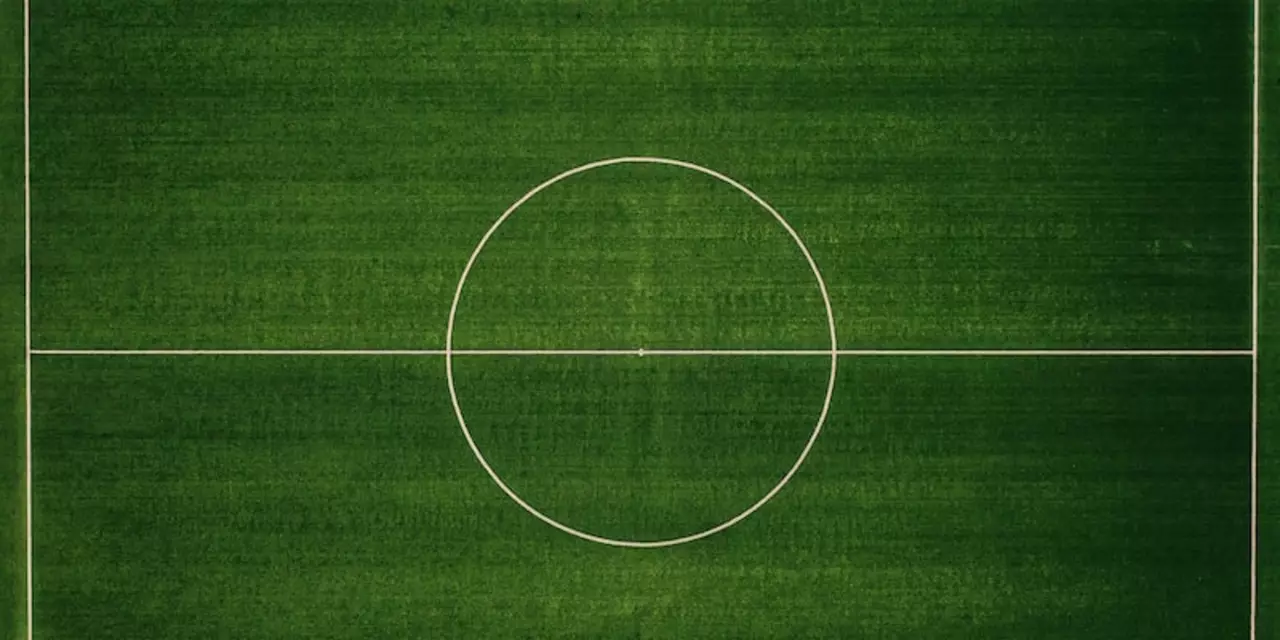Performance in Soccer and Beyond
When talking about performance, the result of effort measured by skill, speed, decision‑making and consistency on the field. Also known as output, it tells players, coaches and fans how well a team or individual is doing at any moment. Understanding performance helps you see why a striker scores, why a defender blocks, and why a match swings in the final minutes.
One of the biggest soccer player, athlete who combines technical ability, tactical sense and physical fitness factors is training. Consistent drills improve ball control, while strength work boosts stamina. Another key piece is training, structured practice that targets specific skills, conditioning and mental preparation. When you pair smart training with data, you get sports analytics, the use of statistics and video breakdown to pinpoint strengths and weaknesses. These three ideas—player, training, analytics—are tightly linked: performance encompasses skill development, fitness and tactical awareness; improving performance requires consistent training and data analysis; equipment choice influences performance on the pitch.
Why Understanding Performance Matters
Performance isn’t just a buzzword for coaches; it’s the lens that separates casual players from pros. If you watch the recent Eagles vs Chiefs showdown, you’ll notice how Jalen Hurts’ ground game and Saquon Barkley’s bursts shifted momentum. Those moments were the result of months of targeted training and precise game‑plan tweaks. In the same way, a soccer player who practices free‑kick routines every week will suddenly become a reliable goal threat in a match. Knowing what drives performance lets you focus on the right drills instead of wasting time on random play.
Data from match reports also shows how equipment affects output. A striker wearing Nike Mercurial Vapor cleats may feel more grip, while a center‑back preferring PhantomVSN gets better protection. When the right boots match the player's position, the odds of a clean tackle or sudden sprint increase. This is why many clubs invest in gear testing as part of their performance program.
Beyond the field, performance connects to the business side of soccer. Agents negotiate contracts based on a player's recent output, and clubs scout talent by comparing statistical trends. A player who consistently posts high‑pressure pass completion rates becomes a hot commodity in the transfer market. So performance drives both on‑field results and off‑field value.
If you’re wondering where to start improving your own game, focus on three pillars: technical drills, physical conditioning, and video review. Work on one‑touch passes for 30 minutes a day, run interval sprints twice a week, and spend an hour each week watching your own footage. This simple routine mirrors what professional teams do when they break down a match and plan the next training session.
In the articles below you’ll find deeper dives into these topics. There are tips for sharpening your soccer skills, explanations of common misconceptions that can hold you back, and even a look at how the United States can boost its global soccer standing. You’ll also see real‑world examples of comeback victories and how analytics helped turn the tide. All of this is tied together by the core idea of performance.
Ready to see how these ideas play out in real matches, training plans and player stories? Keep scrolling to explore the collection of posts that break down performance from every angle—whether you’re a beginner looking for basic drills or a seasoned fan craving tactical insight.
Why doesn't the United States have a better soccer team?
The United States is one of the most successful countries in the world in terms of sports, but it has not been able to create a successful soccer team. This article explains some of the reasons why the US has not been able to develop its soccer talent. The first reason is the lack of a national soccer league, which makes it difficult for players to develop their skills. Additionally, soccer is not as popular as other sports in the US, which means that there is less financial support for the sport. Finally, the US has not had a successful soccer coach in recent years, which has made it difficult to cultivate a successful soccer team.

 Sports Analysis
Sports Analysis